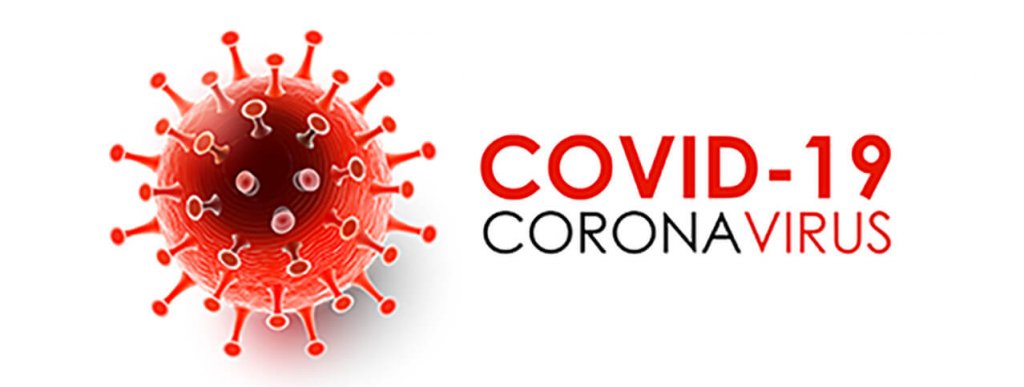Below is a summary of the pandemic relief package signed by President Trump on Sunday, December 27, 2020.
- Unemployed individuals may be eligible for an additional $300 of unemployment compensation per week. This will be available for weeks beginning after December 26, 2020 and ending before March 14, 2021.
- Individuals will be eligible for a $600 Recovery Rebate. Married couples will receive $1,200. In addition, $600 will be paid for each qualifying child. The payment will be reduced when 2019 adjusted gross income exceeds $75,000 or $150,000 (joint).
- Families First Coronavirus Recovery Act credits for paid sick and family leave are extended from expiring December 31, 2020 to expiring March 31, 2021.
- IRS Notice 2020-65 which allows for the deferral of withholding social security taxes from employee wages is extended for wages paid between September 1, 2020 and April 30, 2021 (rather than December 31, 2020). The amounts to be repaid are to now be collected from May 1, 2021 through December 31, 2021. Penalty and interest will begin to accrue on unpaid amounts on January 1, 2022.
- The legislation includes a provision to overturn guidance issued by IRS regarding the deductibility of expenses paid for with Paycheck Protection Program (PPP) funds that are forgiven. Expenses paid for with forgiven PPP funds are deductible. PPP proceeds are not taxable.
- The legislation includes a provision that provides that a borrower who has a covered SBA loan for which SBA has made payments on behalf of such borrower are not taxable. This results in treatment like that of PPP funds received.
- Additional PPP funds are available.
- In addition to payroll costs, rent or mortgage interest, and utilities, covered expenses have been expanded to include operations expenses, property damage costs, supplies costs, and worker protection expenditures.
- Operations expenses are defined as a payment for any business software or cloud computing service that facilitates business operations, product or service delivery, the processing, payment, or tracking of payroll expenses, human resources, sales and billing functions, or accounting or tracking of supplies, inventory, records and expenses.
- Worker protection expenditures are defined as an operating or a capital expenditure to facilitate the adaptation of the business activities of an entity to comply with requirements established or guidance issued by the Department of Health and Human Services, the Centers for Disease Control, or the Occupational Safety and Health Administration. This includes the purchase maintenance, or renovation of assets that create or expand a drive-through window facility, an indoor, outdoor, or combined air or air pressure ventilation or filtration system, a physical barrier such as a sneeze guard, an expansion of additional indoor, outdoor, or combined business space, and an onsite or offsite health screening capability.
- Borrowers may select an 8- or 24-week covered period to expend the funds received to qualify for forgiveness.
- Clarification made that benefits include group life, disability, vision, or dental insurance.
- Borrowers who received a PPP loan already can apply for and receive a second loan. Some new provisions for “second draw” loans include:
- Cannot have more than 300 employees, rather than 500
- Must demonstrate at least a 25% decrease in gross receipts during a quarter of 2020 compared to the same quarter of 2019 (4th quarter may only be used for applications after 1/1/2021).
- Loans will be computed as before – 2.5 times average monthly wages from 2019 or the one year prior to the application date, but will now be capped at $2,000,000.
- Entities with NAICS code beginning with 72 will compute their loan amount using 3.5 times average monthly wages from 2019 or the one year prior to the application date. These loans will also be capped at $2,000,000.
- Churches and religious organizations are eligible to receive loans.
- If an entity returned a loan or a portion of its loan or accepted a reduced amount, the entity may reapply for the difference between the amount retained and the maximum amount applicable.
- Clarifies computation for Farmers and Ranchers.
- 501(c)(6) organizations are now eligible, provided
- Lobbying activity receipts are not more than 15% of total receipts,
- Lobbying expenses are not more than 15% of its activity and do not exceed $1,000,000,
- It has no more than 300 employees, and
- Loan proceeds are not used for lobbying activities.
- In addition to payroll costs, rent or mortgage interest, and utilities, covered expenses have been expanded to include operations expenses, property damage costs, supplies costs, and worker protection expenditures.
- PPP forgiveness for loans under $150,000 has been simplified.
- The form shall not be more than one page in length.
- The form shall only require the borrower to provide a description of the number of employees that were retained because of the loan, the estimated amount spent on payroll costs, and the total loan value.
- The form will require the borrower to attest that it accurately provided the required certification, complied with requirements, and is retaining records.
- Borrowers will not be required to submit any documentation in addition to the certification at the time of application for forgiveness.
- Grants may be available to shuttered venue operations such as live venue operators or promoters, theatrical producers, live performing arts organization operators, museum operators, motion picture theatre operators, or talent representatives.
- Must have been in operation on February 29, 2020.
- Must demonstrate at least a 25% decrease in gross receipts during a quarter of 2020 compared to the same quarter of 2019. (4th quarter may only be used for applications after January 1, 2021).
- SBA Debt relief program is extended.
- Under the CARES Act for certain covered loans, SBA made six monthly payments for borrowers.
- Certain covered loans will also have three monthly payments made for the first payment due after February 1, 2021.
- For borrowers who have an NAICS code beginning with certain numbers (61, 71, 72, 213, 315, 448, 451, 481, 485, 487, 511, 512, 513, 532, or 812), they will have an additional five monthly payments made on their covered loan immediately following the three-month period.
- Economic Injury Disaster Loan (EIDL) – specific entities are eligible to apply for EIDL loans and grants. Requirements include
- Application for an EIDL loan
- Being located in a low-income community
- Has suffered an economic loss of greater than 30% during an 8-week period between March 2, 2020 and December 31, 2021 relative to a comparable 8-week period immediately preceding March 2, 2020 or in 2019
- Must have fewer than 300 employees
- Grant can be received even if loan is not approved
- If a prior EIDL grant was received and it was less than $10,000, can receive the difference up to $10,000
- The legislation includes a provision that an EIDL grant advance no longer reduces the amount of a PPP loan that is eligible for forgiveness.
- There is availability for deferral of payments on an existing SBA loan for up to one year. This would include deferral of principal and interest.
- Employer Retention Tax Credit has been extended for wages paid through July 1, 2021, rather than January 1, 2021.
- The credit rate is increased from 50% to 70% of qualified wages paid.
- Eligibility for credit when gross receipts have decreased 80%, rather than 50%, for a given calendar quarter versus the same calendar quarter in calendar year 2019.
- Credit can be taken for wages up to $10,000 for any calendar quarter. The CARES Act allowed for $10,000 of wages for ALL calendar quarters.
- New employers who were not in existence in 2019 can apply the gross receipts test by substituting 2020 for 2019.
- Eligible employers shall have fewer than an average of 500 full-time employees. This was previously 100 employees.
- Following are a summary of various other changes that may be applicable.
- Medical expenses will be subject to 7.5% limitation, rather than 10%, and will apply for years beginning after December 31, 2020.
- 179D applicable to energy efficient commercial buildings has been made permanent.
- Income threshold to qualify for the Lifetime Learning Credit has been increased. This credit will be available in full for those with adjusted gross income of less than $80,000 or $160,000 on a married filing joint return.
- Deduction for tuition and related expenses has been repealed.
- The Work Opportunity Credit has been extended through December 31, 2025.
- The exclusion from gross income for the discharge of qualified principal residence indebtedness has been extended through January 1, 2026.
- The maximum acquisition indebtedness taken into account has been reduced to $750,000, or $375,000 on a married filing separate return.
- Employer credit for paid family and medical leave, established in the Tax Cuts and Jobs Act, set to expire December 31, 2020, is extended to December 31, 2025.
- Energy credit phase-out set to expire January 1, 2022 is extended through January 1, 2024.
- Mortgage insurance premiums treated as qualified residence interest is extended to December 31, 2021.
Please do not hesitate to contact your AHP representative if you have questions on these new measures. We are happy to help you navigate through these uncertain times.



